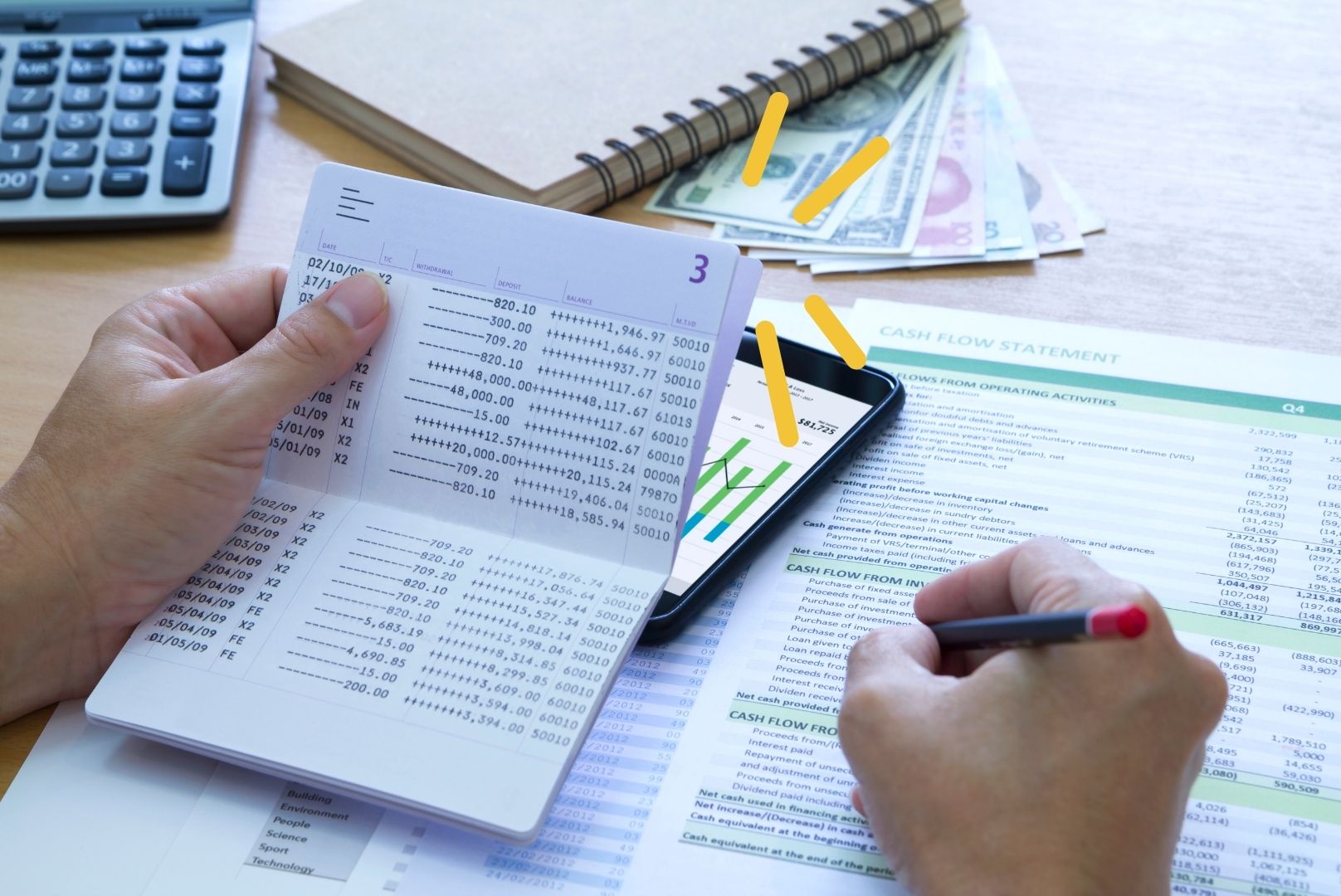Money Ideas That Spark: Expert Tips on Effective Cash Management for SMEs
Undoubtedly, Small and Medium Enterprises (SMEs) have experienced rough times due to this pandemic. This does not mean that all is lost. These enterprises can stay in the game and even thrive. Come to think of it, there is a similar logic between strong recoveries from crises and fun parties. In order to create a new and better normal, the more eager, innovative and well-meaning people involved, the better. SMEs need to remain afloat and prosper indeed.
Kenn Costales, Owner and Lead Consultant of Monolith Growth Ventures, joined us for a chat and shared best practices and tips on cash management. How can SMEs practice and strategize effectively? For Kenn, these tips were originally customized for four industries: retailers, consumer goods, food businesses and service businesses. He also mentioned that these also applied to social enterprises and the like. Nevertheless, this is a financial discussion and this is a time of recession. It’s a concern for all types of businesses.
Profitable, but no cash?
One common scenario during these times is when an enterprise has strong ideas or sells a lot, but is not liquid. In times of crisis, cash is needed more than ever. Kenn talked about one keyword for these enterprises: contracts. For businesses facing this scenario, they would need to work on making sure that contracts can be converted into cash fast. In other words, expedite processes. How can an enterprise do this?
Step 1: Break down your Working Capital
The balance sheet is key here. Step back and take a look. First question, what is working capital? Working capital is composed of an enterprise’s cash on hand, inventory, accounts receivable (or money that clients owe you, usually these are contracts signed), cash expenses, and accounts payable (or money that you owe suppliers). Know your money flow. Identifying cash that goes into these buckets help. Once done, you can now move on to the next step.
Step 2: Identify the non-cash components of your working capital
Given your existing working capital, there are three things there that are non-cash: inventory, accounts receivable, and accounts payable. Once identified, Kenn gave three further instructions: Minimize Inventory, Minimize Accounts Receivable, and Maximize Accounts Payable.
How to Minimize Inventory
“Minimizing inventory is important as it frees up short-term cash that can be used for something else”, he explained. You can use it for marketing or sales or other critical endeavors. To add, in dire times like these, it’s much more important to have an out-of-stock problem than wasted cash on spoilage. When you do your forecasting, make sure that stock is just enough or ’just right’ for the demand. How? Look at your portfolio and try to identify what is the demand for your products. You would want to know how fast your inventory will run out.
How to Minimize Accounts Receivable
Kenn recommended providing steep discounts for upfront payment. It could be 10% or more. It is something that will please business directors, whose bonuses are based on profit margin. Offers like these buy you time but remember to catch up on profit after. Over-deliver on the promise and start to sell value-added services or offerings to make up for the loss in the discounts. For him, contracts that stretch for periods of time keeps enterprises complacent. There’s a vicious cycle involved where teams are not at their best. With the positive pressure of the discounts,enterprises can give their best. They can upsell, they can over-deliver and they spring into action.
In addition, there is another tip involved. A “secret” cash management trick is to think of time as a resource too. Everyone is focused on the profit margin but the other part of that is time. In fact, cash is time. You “buy” time with future profit loss and concurrently, you can use your time to compress your cost, get more profit and sell more value-added services.
He also gave more tips for specific industries. For food businesses, create your own digital platform. Relying on the known ones can put a 15-45 day waiting period until the receivables turn into cash. For retail businesses, do pre-order campaigns. For consumer goods, offer discounts for advance payment. He placed specific rates for this (2-8%). For businesses, there should also be a focus on asset turnover, the time between receiving supplies and selling.
For B2B businesses, he recommended implementing additional “do-it-for-you” services and bundle it with your package. This makes people pay before service is rendered. You can also offer discounts for advanced payment.and have an “upmarket” focus. This means focus on selling to a market that can give bigger deals. Still, don’t assume that all bigger companies or enterprises give bigger and better deals. Always read up and study details for every deal.
How to Maximize Accounts Payable
The key or requirement to this one is strong relationships with your suppliers. This makes this the most complicated step in his opinion. Accounts payable is the inverse of accounts receivable. You now offer interest for your suppliers. Usually, a lot of suppliers will appreciate that especially if they have a good cash balance and if you have a good relationship with them. Payables management requires more relationship building and negotiation. Once again, he gave more tips. If an entity requires you to pay upfront, negotiate a monthly deal (but pay more) or a “back loaded” deal (less in the start, more at the end – but pay more). If you’re a retailer, negotiate for better payment terms (for instance, extend) and offer to buy more volume.
What’s Next?
With these strategies, enterprises can free up some extra cash. What to do next? For Kenn, the next step would be to double down on both information-gathering through books and other forms of media and through short-term marketing in general. Ad-costs are more affordable these days. Extra cash can be used to capture seasonal demand through extra inventory and short-term ad campaigns. The cash can also be reinvested in equipment to lessen your operations expenses as you go along.
Kenn was also asked about another common scenario. What if an enterprise is not liquid and has limited to no savings? He recommends the use of organic channels for these businesses. For example, reach out to the market through social media. Entrepreneurs must also join various groups and promote themselves and their skills there. The market is now online and this very phenomenon is one of the most obvious effects of the crisis. In this climate, freelancing is much more widespread. Marketing and sales skills can be learned and are in demand. Truly, online opportunities and customers are all up for grabs. “There’s always a problem to solve for other people,” he concluded. With efficient cash management, enterprises can remain afloat and solve both their internal issues and their communities’ problems.
Looking to level up on social entrepreneurship? Sparkability.org is The Spark Project’s learning hub for creative conscious entrepreneurs ready to rise above the pandemic. Access our growing library of courses and resources to help creative conscious entrepreneurs like you thrive in the new COVID economy. Learn from experts, leaders, and fellow entrepreneurs across different industries and fields sharing practical techniques and tools that can help you bounce back from this setback. Start with the free courses available here.





